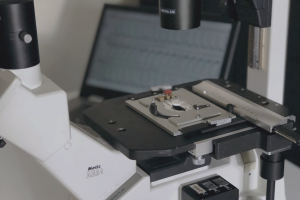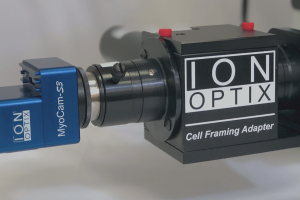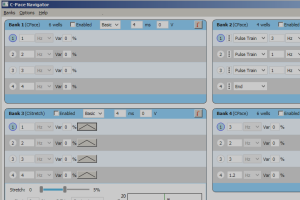SPONSORED WEBINAR
Mimicking the Ventricular Pressure-Volume Relationship Ex Vivo with Cardiac Slices
This webinar will present the cardiac slice model for examining myocardial function and showcase techniques and results from a cardiomyopathy mouse model.
The cardiac slice is fast becoming an important experimental model system for the examination of myocardial function ex vivo. The cardiac slice is a thin section of myocardium usually between 100-400 microns thick. Thin slices <200 microns allow for easy visualization of sarcomeres during the diastolic phase of the cardiac cycle. The full cardiac cycle is produced by controlling muscle length in relation to contractile force production. For example, the ejection phase is mimicked by allowing muscle shortening once force has exceeded a prescribed afterload. And the refilling phase is mimicked by allowing muscle lengthening once the force has dropped below a prescribed preload. The experimental nuances related to producing these measurements will be presented. Results from a known cardiomyopathy in a transgenic mouse lacking myosin binding protein-C will also be presented.
- Key Topics Include:
Preparing Cardiac Slices
Measuring Diastolic Sarcomere Length in Excitable Cardiac Slices
Mimicking Pressure-Volume Work Loops with Cardiac Slices
Analyzing Work Loops
Cardiac Performance in Mouse Cardiac Slices Lacking Myosin Binding Protein-C
About the speaker:
Dr. Bradley Palmer’s interests have focused on bringing engineering principles to combat heart failure. His most recent work has focused on using cardiac slices mimicking the Pressure-Volume relationship to detect and discern the molecular mechanisms responsible for cardiac function observed with pathological states like heart failure, diabetes, and hypertension.








